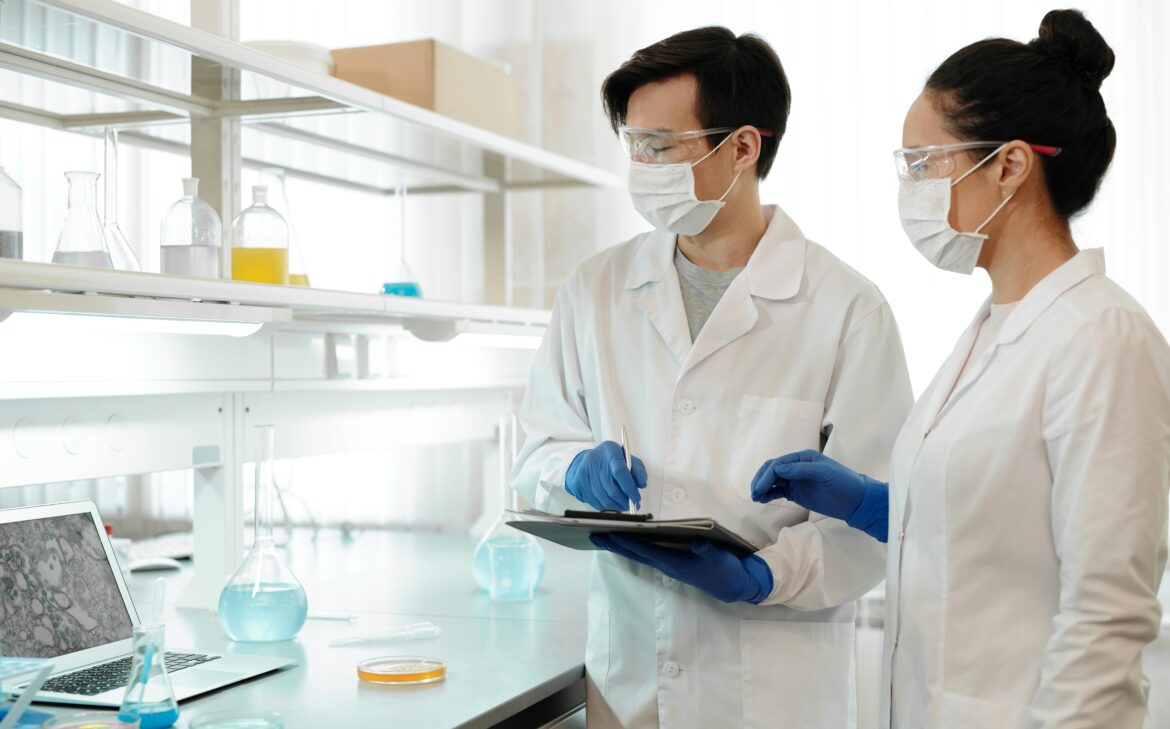How Long Can Alcohol Be Detected In Urine EtG? Complete Guide
As of 2024, alcohol use disorder (AUD) is still a major public health concern in the United States. According to recent data, around 21 million persons aged 18 and older suffered from an alcohol consumption disorder in 2022.
This statistic is a modest reduction from 2021, when 21.8 million adults affected with alcohol. Despite this little decrease, the prevalence of alcohol-related problems remains disturbingly high.
Now understanding alcohol detection technologies is becoming increasingly crucial, particularly for those working in drug misuse recovery, job safety, or personal health monitoring.
One of the most dependable and extensively used procedures for detecting alcohol intake is the EtG (Ethyl Glucuronide) urine test. This blog post help you to acknowledge the important features of EtG testing, specifically how long can alcohol be detected in urine.
What Is EtG Actually?
EtG, or Ethyl Glucuronide, is a direct metabolite of ethanol, the intoxicating compound present in alcohol. Unlike typical alcohol tests, it detects the presence of EtG in the urine rather than ethanol in the circulation. EtG is produced when ethanol combines with glucuronic acid, and its presence in the body indicates recent alcohol usage.
EtG testing is highly sensitive, detecting even trace levels of alcohol up to several days after use. This makes it a crucial tool in instances where traditional blood or breath tests may fail to detect alcohol due to time since ingestion.
Why To Choose EtG Testing?
You should prefer EtG testing due to various benefits as follows:
- Extended Detection Window: Unlike conventional alcohol tests, which usually detect alcohol within a few hours after intake, EtG tests can identify alcohol usage for up to 80 hours or more. EtG testing is especially effective in cases when abstinence is essential, like as recovery programs or legal settings, because of its longer detection window.
- EtG tests are extremely sensitive, detecting even trace levels of alcohol, including those from unintentional exposure (such as using alcohol-based hand sanitizers). Depending on the situation, this sensitivity can be both beneficial and detrimental.
- Urine tests are non-invasive and convenient for both the tester and the patient. It is very simple to administer and produces immediate results.
- EtG testing has variety of settings, including substance misuse treatment programs, employment testing, legal and forensic cases, and even personal circumstances such as alcohol usage.
How Long Alcohol Be Detected In Urine Using EtG
- For light alcohol consumption (one or two drinks), EtG detects in the urine for up to 24 hours. This is prevalent in social drinking circumstances where the individual drinks moderately.
- 24 to 48 hours: Moderate drinking (two to three drinks) can increase the detection time to 48 hours. During this time, EtG levels in urine may still be high enough to produce a positive test result.
- 48 to 72 Hours or More: It identifies up to 72 hours after heavy or binge drinking. Some studies even imply detection windows extending to 80 hours or more, particularly in persons with slower metabolisms or those who consumed alcohol in enormous quantities.
Factors Affecting Detection Timing
The detection time of EtG in urine is not consistent and varies from person to person. Several factors can influence how long EtG is detectable in the body.
- Alcohol Consumption: As expected, the more alcohol consumed, the longer it takes the body to clear EtG. Binge drinking can result in longer detection times than light or moderate drinking.
- Metabolism: An individual’s metabolic rate influences how rapidly EtG is metabolized and eliminated from the body. Individuals with higher metabolisms may remove EtG more quickly, resulting in a smaller detection window.
- Hydration Levels: Hydration can influence the concentration of EtG in urine. Individuals that are well-hydrated may have lower EtG amounts, which reduce the chances of detection.
- Body bulk and composition can also influence how long EtG remains in the body. Individuals with higher body fat percentages may have a longer retention time for EtG than those with leaner body compositions.
- Drinking Frequency: Regular alcohol drinking might cause an increase in EtG levels in the bloodstream, thus expanding the detection window further.
False Positivity & Negativity
Although EtG testing is generally trustworthy, there is a risk of false positives and negatives. False positives can arise when exposed to drugs or chemicals that imitate EtG.False negatives can occur if the test is not properly conducted or if EtG levels fall below the test’s detection threshold.
EtG Testing In Rehab Programs
EtG testing is employed in a variety of scenarios due to its precision and broad detection window in rehab programs.
- Routine Monitoring: Inpatient rehab center incorporate EtG testing into their routine monitoring protocols. Depending on the structure of the program, testing might be done at random or on a set timetable.
- Relapse Prevention: The longer detection window of EtG tests enables rehab facilities to track alcohol usage beyond the acute drinking episode, which is critical for relapse prevention.
- Legal and probation requirements: EtG testing is frequently needed by legal systems or probation agencies for individuals who are ordered to undergo a rehab program as part of their sentence.
Ending Note
EtG testing is an effective method for detecting alcohol consumption, with a wide detection window and good sensitivity. Whether utilized in recovery programs, court situations, workplaces, or personal settings, it produces accurate and dependable data that can be used to monitor sobriety and assure compliance with alcohol-related laws and regulations.
If you are looking for high-quality EtG testing or would want more information on how these tests might help you, please do not hesitate to contact us. We are here to give the assistance and tools you require to ensure accurate and effective alcohol detection.

